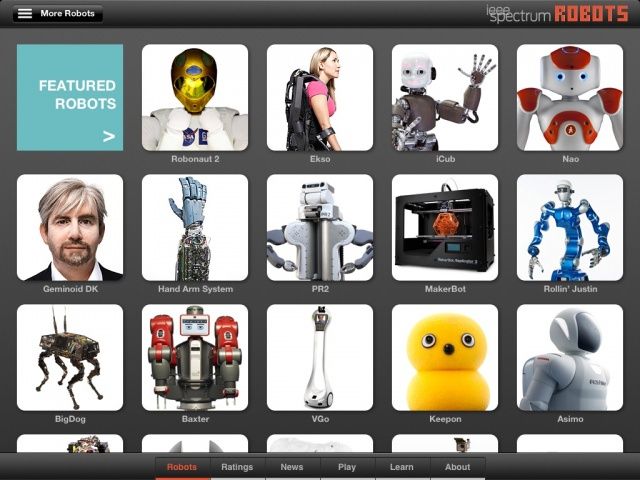Applebot is the web crawler for Apple. Products like Siri and Spotlight Suggestions use Applebot.
Identifying Applebot
Jun 18, 2020 ROBOT WARFARE - breathtaking multiplayer online shooter from true masters of the genre. Assemble your own garage of robots with unique abilities and weapons and win your enemies in dynamic 6v6 battles! 25+ original robots Huge variety of robots with unique abilities. Jump on the buildings, maneuver from cover to cover, hide behind shields or infiltrate enemy lines in full invisibility. As robots evolve, they become more and more open for adaption by third-party software developers. This process generates new opportunities for everyone who can teach a robot to do new things. If you are a software developer, writing software for robots – join us today, and upload your apps to the Robot App.

Traffic coming from Applebot is identified by its user agent, and reverse DNS shows it in the *.applebot.apple.com domain, originating from the 17.0.0.0 net block.
Verifying that traffic is from Applebot
In macOS, the host command can be used to determine if an IP address is part of Applebot. These examples show the host command and its result:
The host command can also be used to verify that the DNS points to the same IP address:
Verifying Applebot user agent
The user-agent string contains ”Applebot” and other information. This is the format:
Examples for desktop:
Examples for mobile:
Customizing robot.txt rules
Applebot respects standard robots.txt directives that are targeted at Applebot. In this example, Applebot doesn't try to crawl documents that are under /private/ or /not-allowed/:
If robots instructions don't mention Applebot but do mention Googlebot, the Apple robot will follow Googlebot instructions.
Rendering and robot rules
Applebot may render the content of your website within a browser. If javascript, CSS, and other resources are blocked via robots.txt, it may not be able to render the content properly. This includes XHR, JS, and CSS that the page might require.
In order for Applebot to index the best content for the page, make sure that everything needed for a user to render the page is available to Applebot. Alternatively, make sure that the website renders cleanly, even if all of the resources are not available. This is often referred to as graceful degradation.
Customizing indexing rules for Applebot
Cult Of Mac Store
Applebot supports robots meta tags in HTML documents. To specify robots rules in meta tags, put the tags in the <head> section of the document, like this:
Applebot also supports the following directives:
- noindex: Applebot won't index this page, and it won't appear in Spotlight or Siri Suggestions.
- nosnippet: Applebot won't generate a description or web answer for the page. Any suggestions to visit this URL will only include the page's title.
- nofollow: Applebot won't follow any links on the page.
- none: Applebot won't index, snippet, or follow links on the page, as described above.
- all: Applebot provides the document for suggestions and snippets the contents so that a short description of the page can appear next to a representative image. Applebot may follow links on the page to provide more suggestions.
To put multiple directives in a single meta tag, use a comma-separated list or multiple meta tags. Examples:
About search rankings
Apple Search may take the following into account when ranking web search results:
- Aggregated user engagement with search results
- Relevancy and matching of search terms to webpage topics and content
- Number and quality of links from other pages on the web
- User location based signals (approximate data)
- Webpage design characteristics
Search results may use the above factors with no (pre-determined) importance of ranking. Users of Search are subject to the privacy policy in Siri Suggestions, Search & Privacy.
Robots App Cult Of Mac Pro
Contact us
Robots App Cult Of Machine
If you have questions or concerns, please contact us at applebot@apple.com.